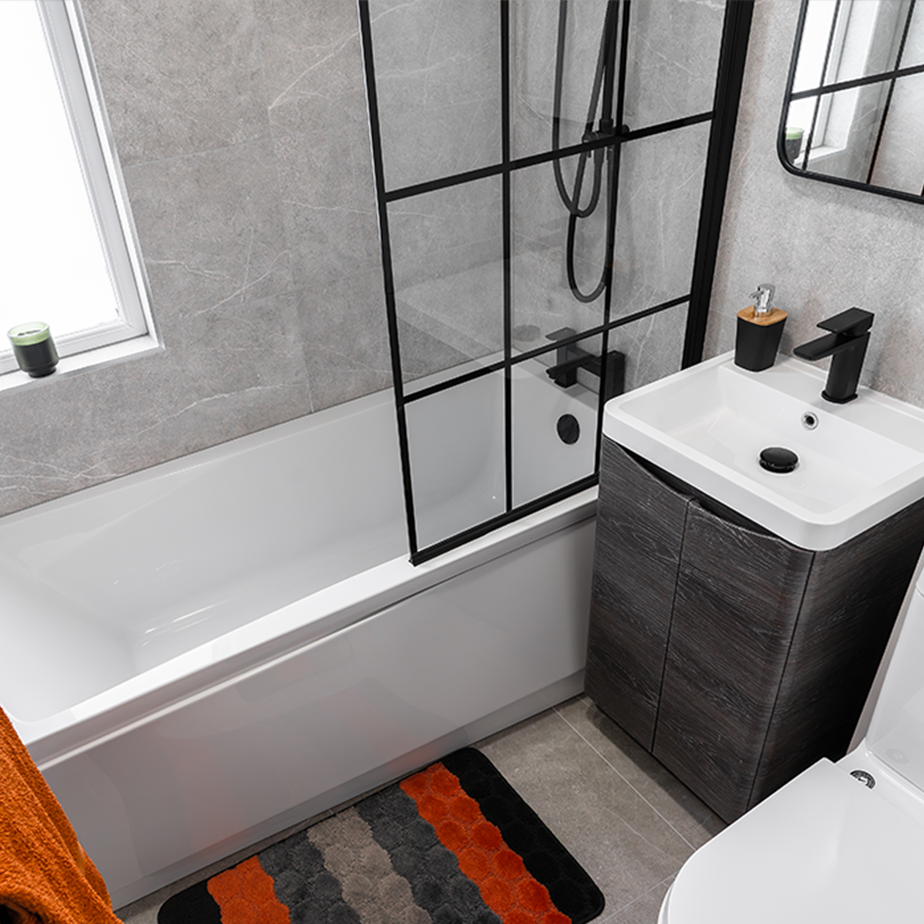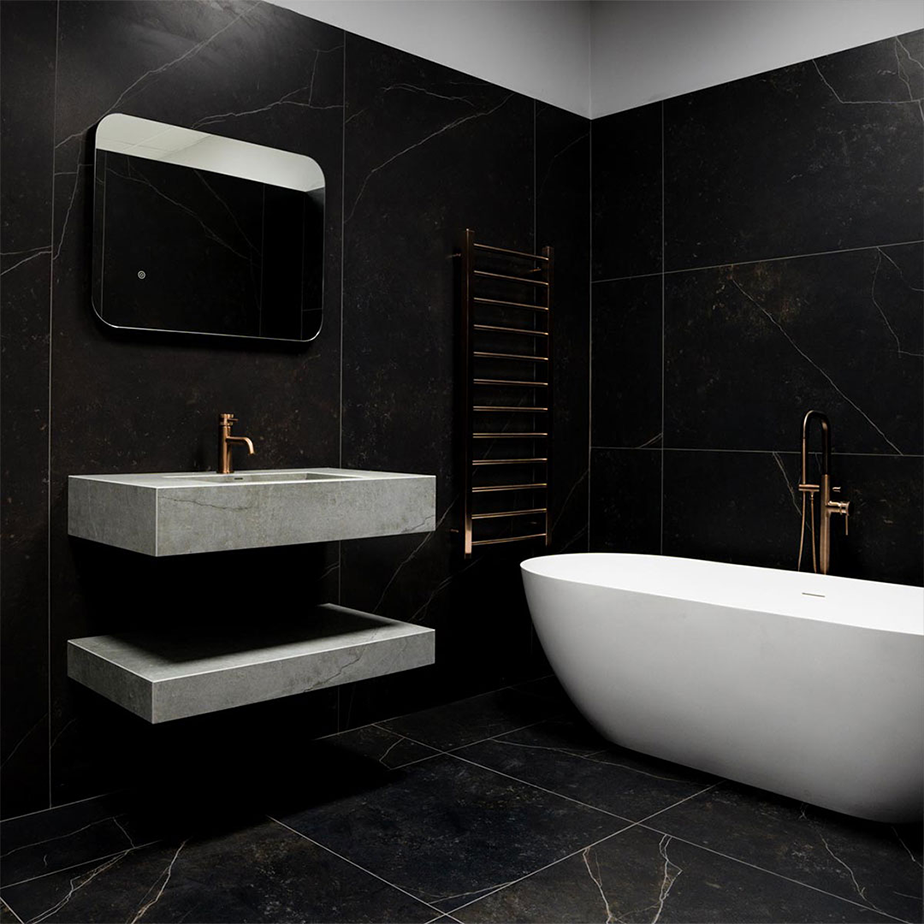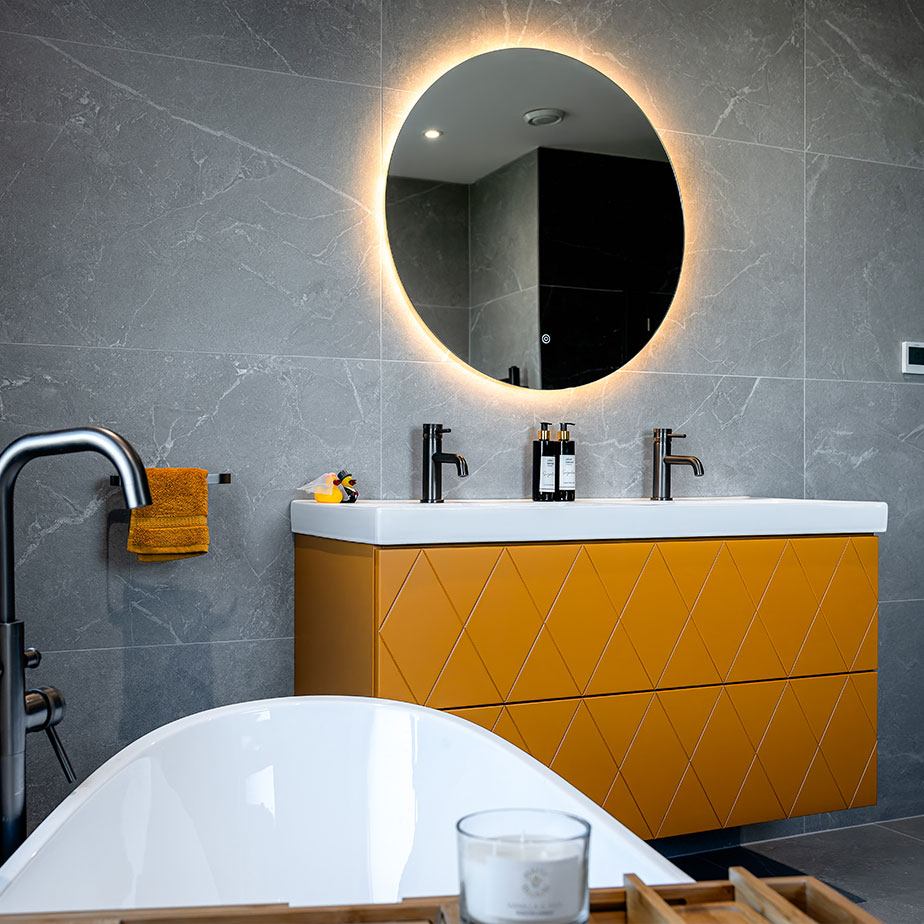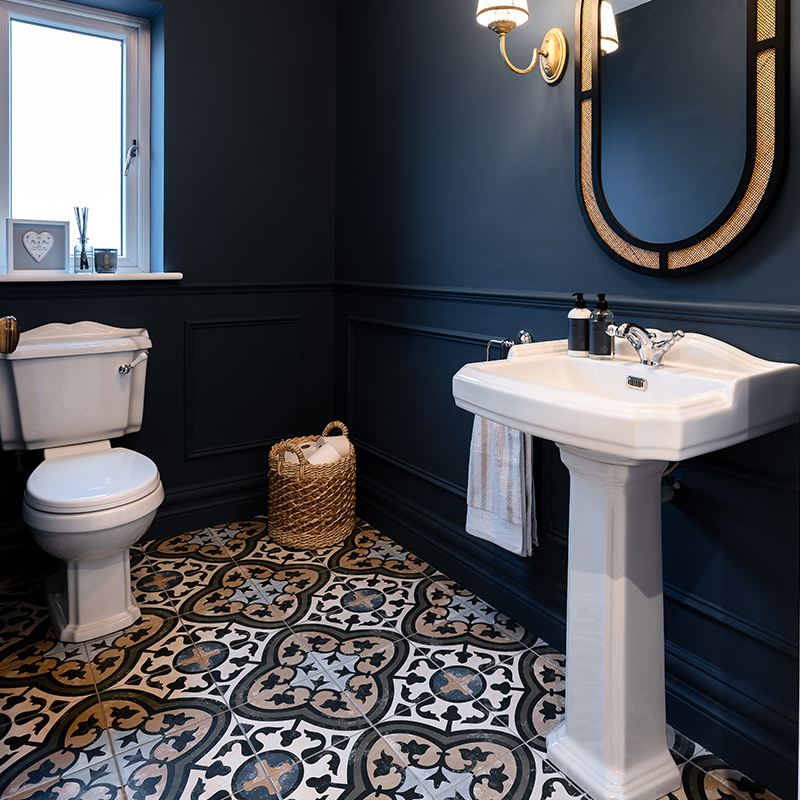Everything You Need To Know About Balancing A Radiator
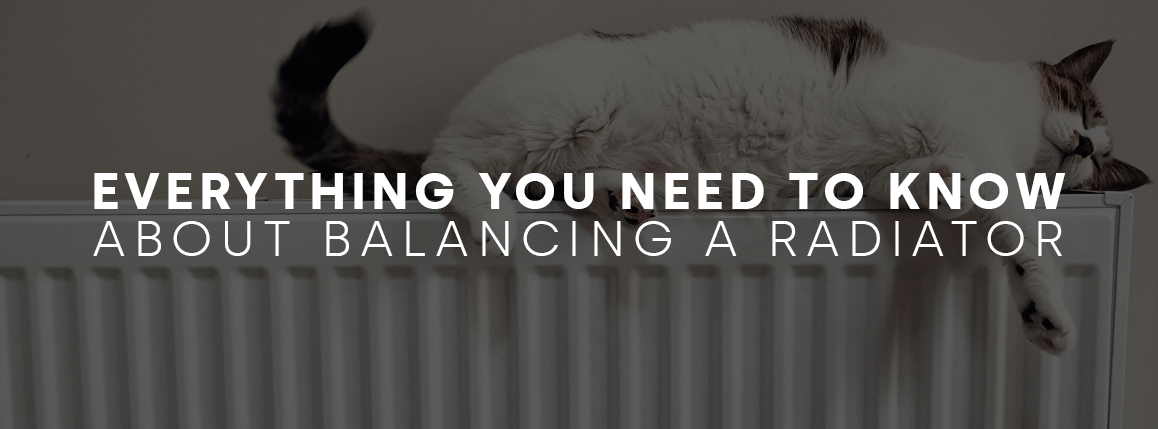
Keeping your heating system well-maintained ensures you get the most out of your radiators. In addition to this, you can reduce fuel consumption and increase energy-efficiency when you take the time to balance your radiators.
When radiators are unbalanced, they don’t all heat up at the same rate. This means that water is being distributed unevenly throughout your heating system and results in some areas of your property being colder than others.
How long does it take to balance a radiator?
Adjusting your radiators to ensure they’re balanced doesn’t take long at all. However, you will need to wait for radiators to cool down before you can touch them and warm up again, to check they’re balanced. Usually, this is the most time-consuming aspect of the task.
Do I need to balance a radiator with thermostatic valves?
Even if your radiators are fitted with thermostatic valves (TRVs), you’ll still need to ensure they’re properly balanced. Fortunately, it’s a relatively easy home maintenance project to undertake, so it won’t be long until your heating system is working optimally.
How do you balance a heating system?
Before you begin, make sure you have everything you’ll need. To balance a heating system, you require:
· Lockshield valve adjuster or adjustable spanner
· Radiator key (for bleeding)
· Digital thermometer
· Screwdriver
Start by turning your heating system off, allowing the radiators to cool down and then bleeding each radiator. Don’t forget to refill the system is bleeding causes the pressure to drop.
If your radiators are fitted with lockshield valves, unscrew the cap from each one, so that the valve is accessible.
Open the valves on every radiator in your property by turning them anti-clockwise. TRVs can usually be opened by hand but you’ll need a spanner or valve adjuster to open lockshield valves.
Turn the heating system back on and make a note of which radiators heat up first. Then, turn the heating system off again and wait for it to cool down. You’re going to adjust each radiator in turn, starting with the one that heats up first and finishing with the one that heats up last.
Now, turn the heating back on and prepare to adjust the first radiator. Close the valve completely before opening it again by one-quarter of a turn. When the radiator is hot, take the temperature from the pipe connected to the valve.
Next, take the temperature of the pipe connected to the other valve on the same radiator (they’ll be on one of each side of every radiator). There should be a difference of 12°c between these two measurements, so keep adjusting the inlet valve until you reach this figure.
Once you’ve successfully balanced the first radiator, you can repeat the process and work your way through every radiator in your property.
Why is my radiator not getting hot?
Radiators can malfunction for many reasons. However, an excess amount of air in the system could be causing your radiator to stay cool, which can be resolved by bleeding it with a radiator key. Alternatively, an unbalanced system could be responsible if your radiator isn’t getting hot. If so, balancing the system will resolve the issue and ensure your radiators and working properly.
Conclusion
As you can see, balancing your radiators is a relatively easy job, although it can take time as you’ll need to wait for the system to heat up and cool down between adjustments. Despite this, it’s well worth balancing your heating system regularly to maximise performance.
